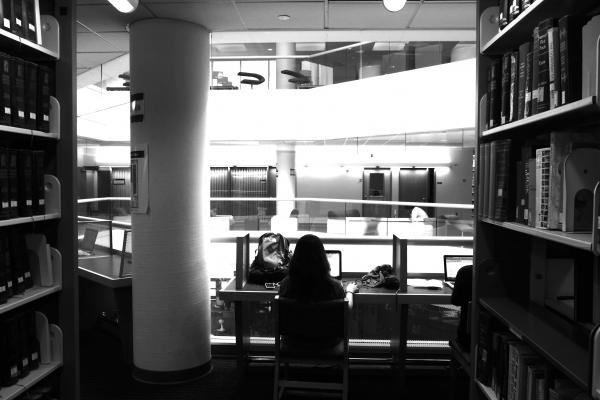Advanced Search
Anthony J. Drexel Sr. was the banker and financial mogul who founded the Drexel Institute of Science, Art and Industry (now Drexel University). Holders of estate properties in West Philadelphia, Drexel and his sons helped build the streetcar suburb. Two of the family’s mansions are in use today as Penn fraternity houses.
Home of Charles Childs Drexel, built in 1891; today a “Victorian survivor” of West Philadelphia’s streetcar suburb, home to Penn’s ATO fraternity.
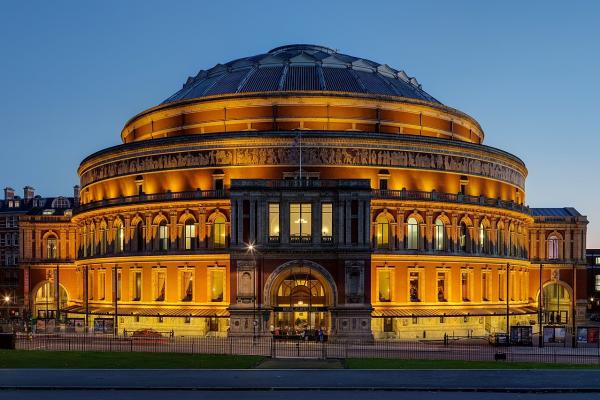
The restoration of Paul Robeson’s passport enabled him to travel to Europe and the Asian outposts of the Soviet Union. In summer 1958, he gave a sold-out concert at Royal Albert Hall—shown here in its contemporary version as viewed from Kensington Gardens, London—accompanied by Larry Brown at the piano. (The concert hall’s exterior has been fundamentally unchanged since its opening by Queen Victoria in 1871.) Robeson had first performed here to critical acclaim in 1929. Royal Albert Hall, Carnegie Hall, and the Hollywood Bowl were among the prestigious venues graced by Robeson during his illustrious singing career—and there were the countless halls and parks where he sang to working class audiences following his turn to social activism in the 1930s.
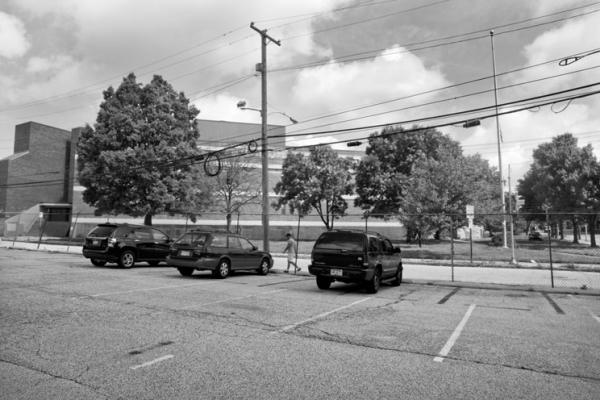
This view shows the Science Center parking lot that for 40 years faced (through a fence) the 3600 block of Filbert St., with the doomed University City High School in the background.
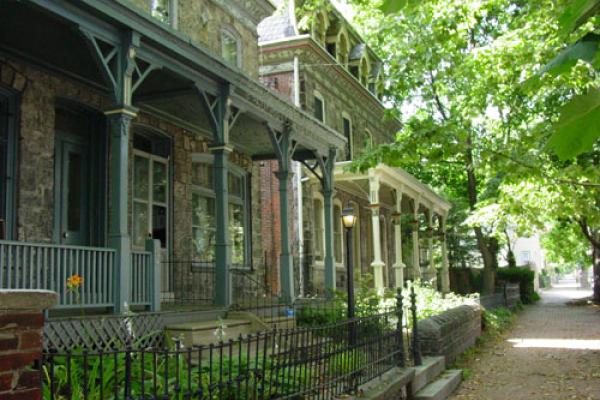
Late-Victorian and turn-of-the-last-century twins abound in present-day Powelton Village.
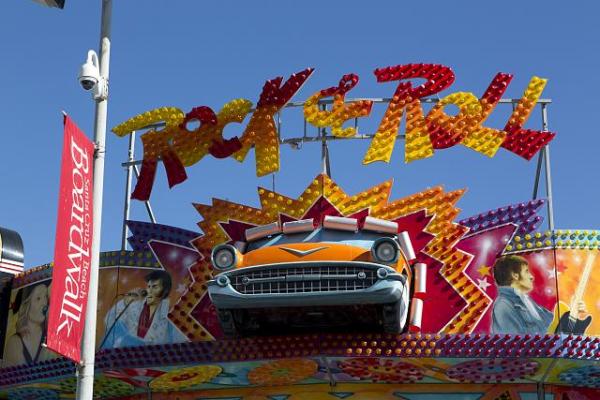
In 1964 Dick Clark took Dick Clark Productions and American Bandstand to Hollywood, Los Angeles in search of new markets for his myriad projects. Broadcast only on Saturdays after 1963, American Bandstand lost the homegrown vitality of the daily program in West Philadelphia.
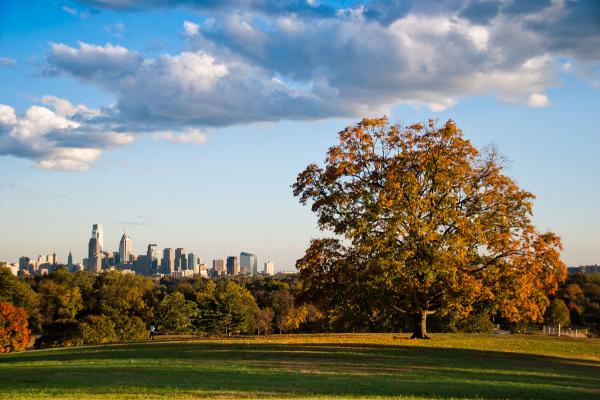
West Fairmount Park's Belmont Plateau offers a clear view of the Philadelphia skyline.
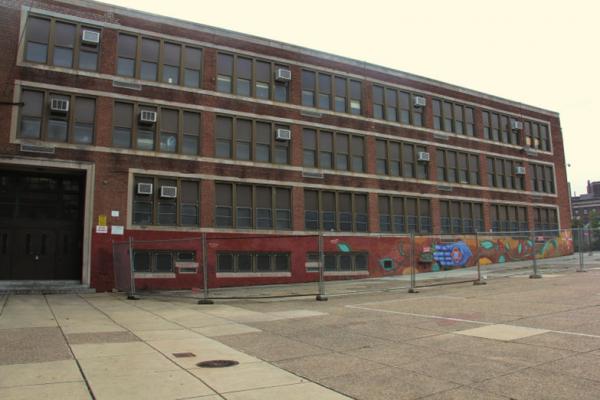
The Charles R. Drew Elementary School was built in 1952 at 3724 Warren Street. The L-shaped brick building was typical of schools built in Philadelphia in the 1950s. The Drew School was closed in 2013 and sold to Drexel in 2014 as part of the University City High School deal. In its final year, the school served 313 students in grades pre-K through 8. Ninety-eight percent of its students were minority (majority African American).
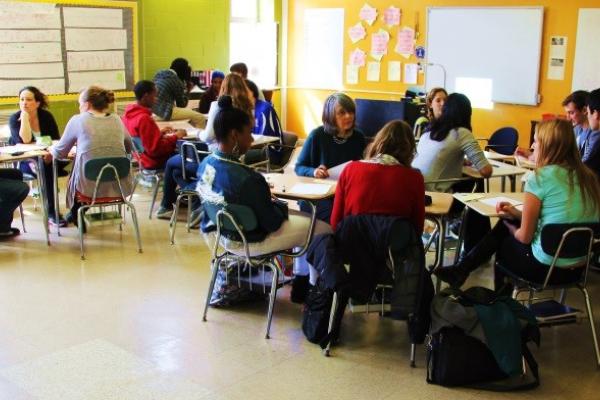
In UCHS’s final year, Elaine Simon, director of Penn’s Urban Studies Program, & the author, of the Graduate School of Education, co-taught an academically based community service seminar on “Schools & Community Development”; the venue for their undergraduate class was A.J. Schiera’s “Urban Education” class at UCHS.

By the time UCHS was shuttered, the Black Bottom Memorial Wall’s mosaic tiles had deteriorated badly while being perennially exposed to the elements.
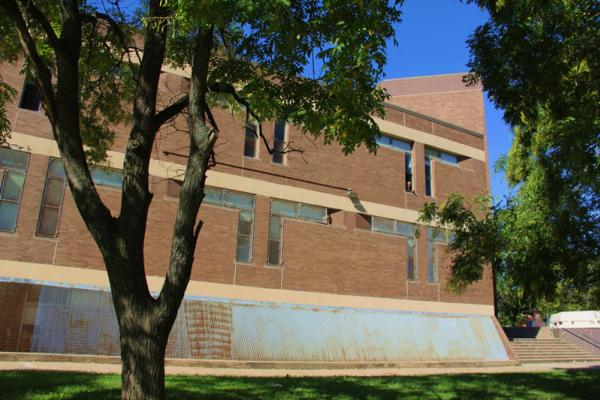
This photo was taken in the fall of 2013 following the building’s closing. The view is from Filbert St.
